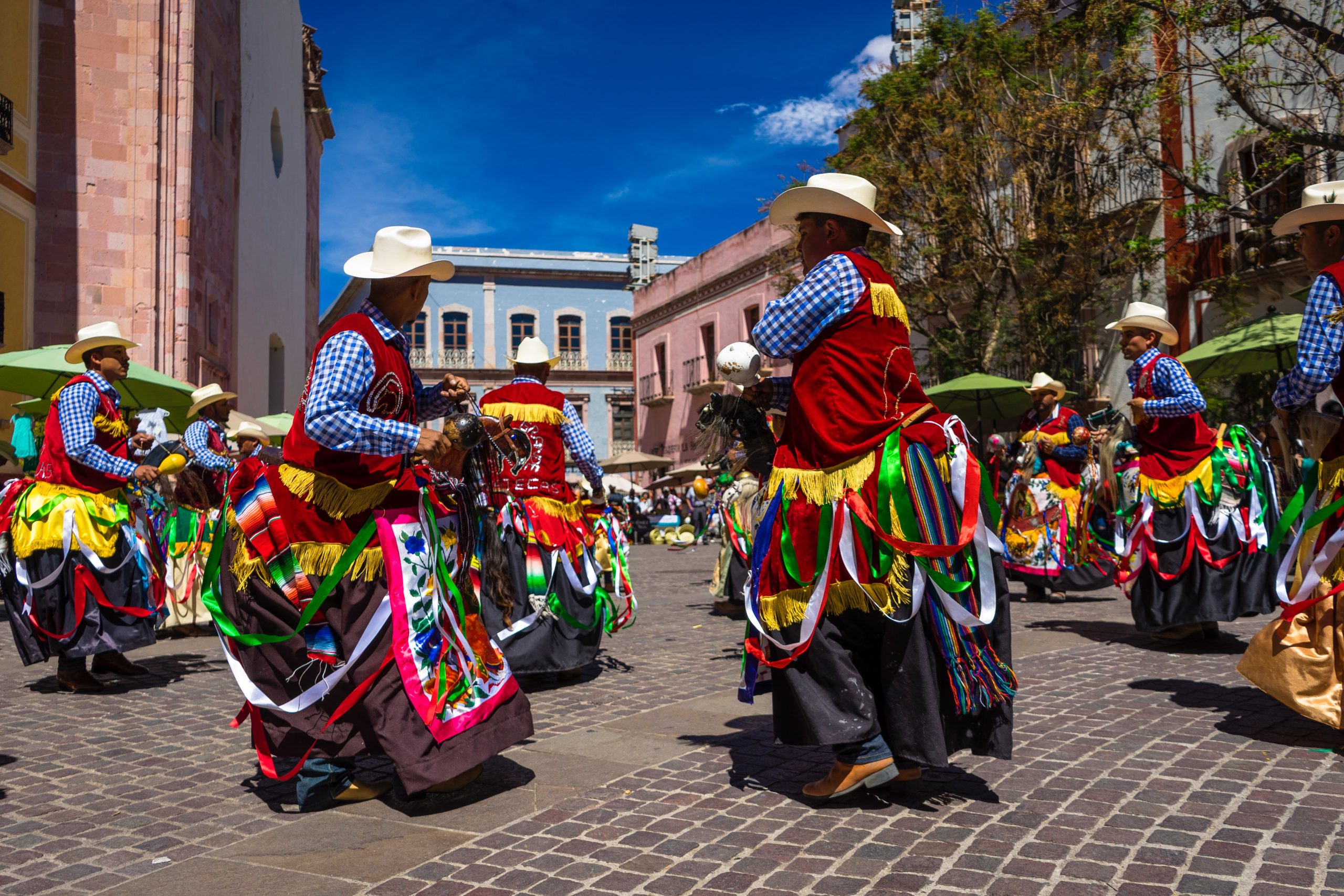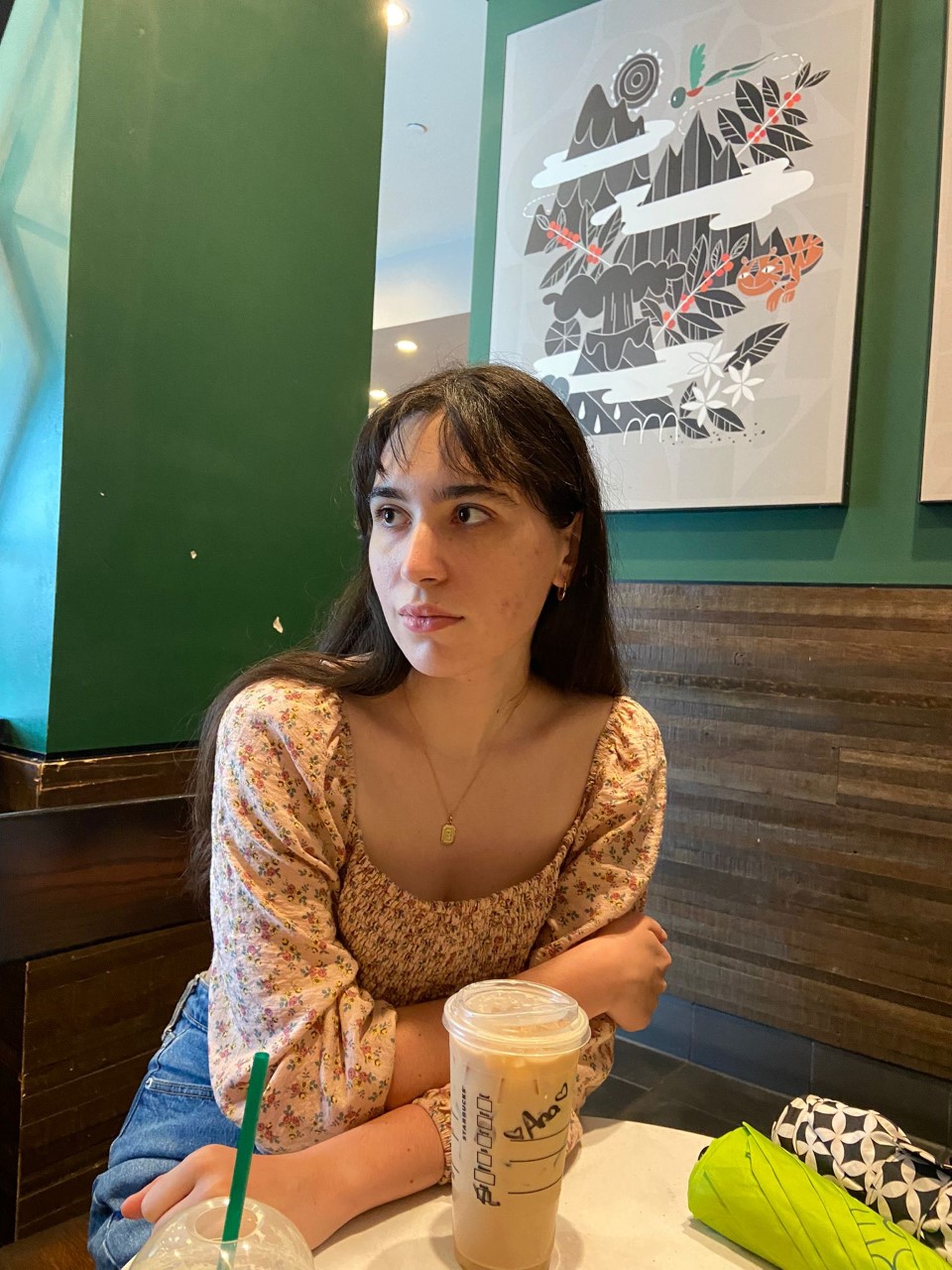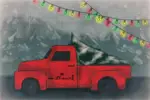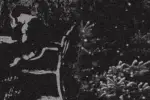The last three months of the year go out with an array of festivities on the island of Puerto Rico. Marked calendars seem to promise something new and exciting every day. Puerto Rico comes alive to say one final goodbye to the last 365 days with a rich tradition of festivals full of dance and food.
As a United States territory, Puerto Rico celebrates many of the same holidays as Americans do. Thanksgiving, Christmas, and New Year’s Day are all familiar to the average American (both on the island and the mainland), but Puerto Ricans celebrate in ways that may not be familiar to mainland Americans.
The typical Thanksgiving meal for the average Puerto Rican family, for example, looks a bit different. Turkey is often on the menu, but stuffing, cranberry sauce, and macaroni and cheese almost unheard of. Instead, Puerto Ricans fill their plates with pasteles, lechon, yellow rice, and pernil.
The process of making pasteles is similar to that of making Mexican tamales. Chicken or pork and mashed bananas are wrapped in banana leaves and boiled until the mashed bananas are firm. The pastel can then be removed from the leaf and eaten hot. Some people enjoy eating pasteles with ketchup on top.
Lechon, or suckling pig as it is known in English, can feed a large group of people, as it traditionally consists of slowly roasting a whole pig over an open flame. Pernil specifically refers to the pig’s shoulder. The best part of the pernil is the skin, which has a wonderfully thin, crispy texture that melts on the tongue.
Typically, families will come together at the house of the oldest living relative. Relatives greet each other with a cheek-to-cheek kiss before dancing around the marquesina and picking at the food that has been set out. Parties can last all day, with the last relative finally offering the customary parting blessing late into the night, long after the hot sun has set and the food has gone cold.
The Thanksgiving jartera could be considered the exciting preamble to the Christmas season. Puerto Rico’s overwhelmingly religious population means Christmas is the biggest event of the year. Christmas music starts playing as soon as October turns to November. “El burrito sabanero” and “Los peces en el rio” are classics that are very near and dear all across Latin America, including Puerto Rico.
Music is tremendously important in Puerto Rican Christmas festivities. There exists a tradition of caroling on the island. Musicians sing Puerto Rican Christmas carols called aguinaldos in a parranda. The sound of guitars, palitos, and guiros heralds in the merry season.
The dishes served at Thanksgiving are also commonly served for Christmas dinner. And for dessert? There are many sweet treats associated with winter time. Figgy pudding and mince pies are mostly unheard of, so Puerto Ricans prepare flan, tembleque and arroz con dulce instead.
Most people are familiar with flan, but it can come in many different flavors and everyone has their own recipe. For example, flancocho combines the caramel custard with a layer of chocolate or vanilla cake; though pumpkin flan is my personal favorite. Tembleque has the same texture and consistency as flan but with a stronger coconut flavor. I always thought of tembleque as flan’s lighter, fancier cousin. Arroz con dulce, or sweet rice, is rather straightforward. This pudding combines coconut milk, cinnamon and raisins into a cold and refreshing treat.
Unfortunately, Christmas trees can be hard to get on the islands. Picking out a Christmas tree most often means picking up a synthetic one from the store. But Christmas lights are very popular. Hanging Christmas lights and driving around to look at the neighbors’ decorations are time-honored traditions.
Everything closes on Christmas Eve and Christmas day. Stores, streets and most public space are quiet and empty. It becomes very difficult to find an establishment that is open for business on either of these days. Puerto Ricans are sure to get anything they need for the next few days beforehand, because it is customary to spend time with family during the holiday.
On Christmas day, someone wakes up the family with the smell of fresh coffee. Breakfasts are usually prepared by one person who makes the same thing for everyone. Anticipation builds all morning until its finally time to exchange gifts. After ripping the decorative paper off of boxes and spending the day together, it’s time to sit down for Christmas dinner.
For Americans, the holidays end here, but Puerto Ricans are just getting started because after Christmas comes Dia de Reyes. Three King’s Day, or the Feast of the Epiphany, is on Jan. 6. Plazas in Puerto Rico will celebrate the holiday with festivals and parades. Men dressed up as the Magi entertain children and hand out candies or small toys.
In the home, children place their shoes by the door in anticipation of a visit from the three kings. The three kings are said to pass by on their camels to leave presents in the children’s shoes, kind of like how Santa Claus leaves gifts in stockings hanging by the chimney. In exchange, the children leave out offerings of grass and wheat for the travel-weary camels instead of cookies for Santa.
Then, between the months of January and February are a series of celebrations known as Fiestas Patronales. Fiestas Patronales (or Patron Festivals) honor the island’s Catholic heritage with dedication to a patron saint. Every municipality celebrates a different saint on different dates. My hometown of Cabo Rojo dedicates its Fiesta Patronales to Saint Michael in November.
I look forward to Fiestas Patronales every year. My family and I always go together since that’s the best way to enjoy the festivities. Live music plays from the stage and projects out toward the rest of the plaza. Children laugh as they run toward carousels, Ferris wheels, and other fair rides that have been set up for the occasion. The Fiestas Patronales in Ponce and Loiza feature Vegijantes: folkloric characters decked out in colorful masks and costumes. They run amok, carrying Puerto Rican flags in their hands. Puerto Ricans of all ages dress in traditional Jibaro clothing, ready to perform a bomba or plena dance. Everywhere there is a vibrant sense of patriotic joy and community. These holidays are what make this the most wonderful time of the year.

















